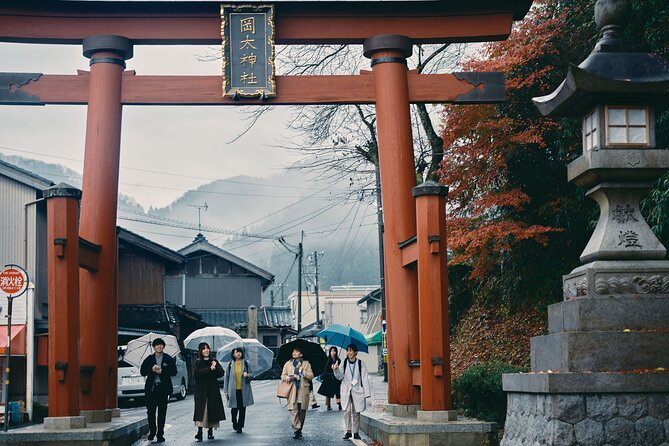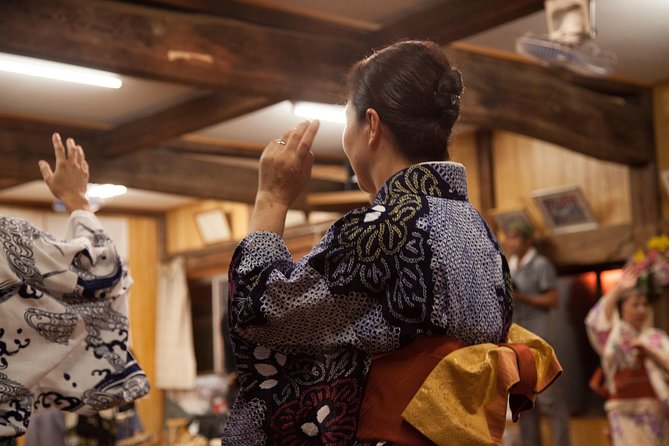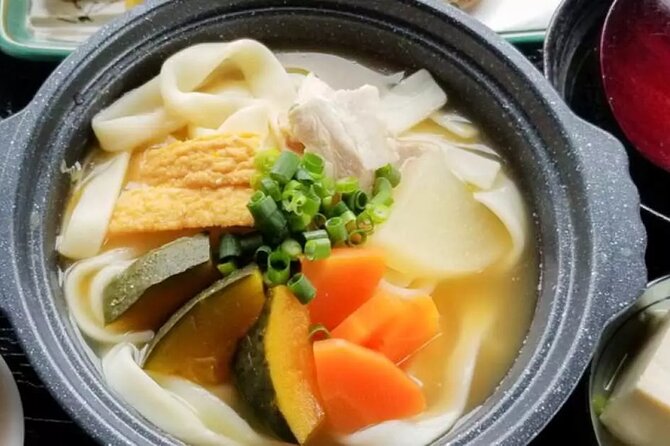Have you ever wondered if Okinawa’s natural beauty truly lives up to its reputation as a hidden gem in the East China Sea?
As travelers set foot on this enchanting island, they are greeted by a harmonious blend of picturesque landscapes and centuries-old history waiting to be uncovered.
But what secrets lie beneath the surface, beyond the postcard-perfect views and ancient ruins that dot the island?
Stay tuned to unravel the mysteries and allure of Okinawa’s untouched beauty and storied past.
Just The Basics
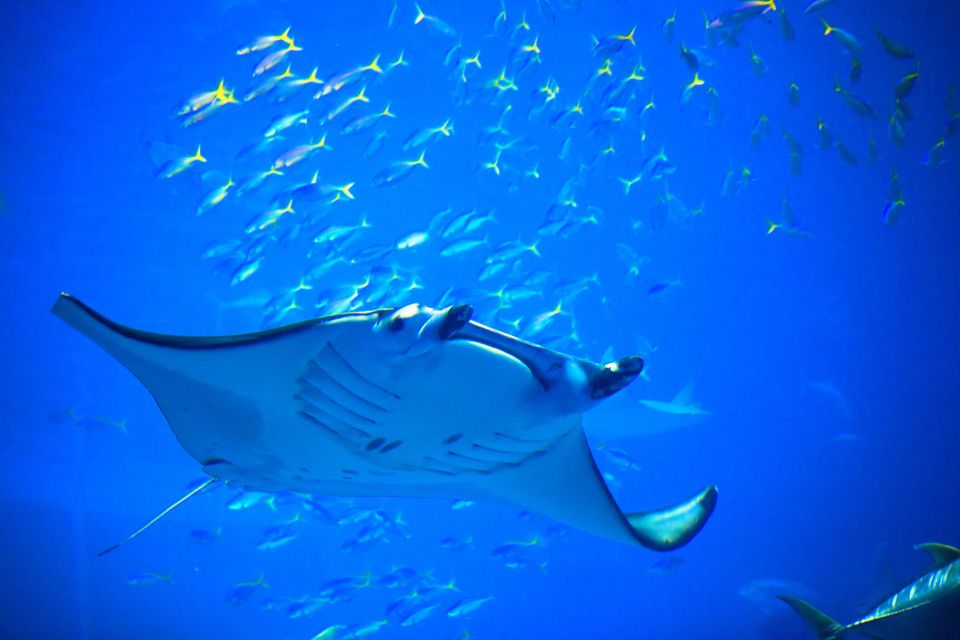
- Okinawa’s stunning natural beauty includes lush forests, pristine beaches, and vibrant coral reefs.
- The island’s cultural heritage is a tapestry of traditions from China, Japan, and Southeast Asia.
- Hidden treasures like Ryukyuan Dance and Shisa Statues offer authentic cultural experiences.
- Historical landmarks like Nakagusuku Castle provide insights into Okinawa’s rich feudal past.
Okinawa’s Breathtaking Natural Landscapes
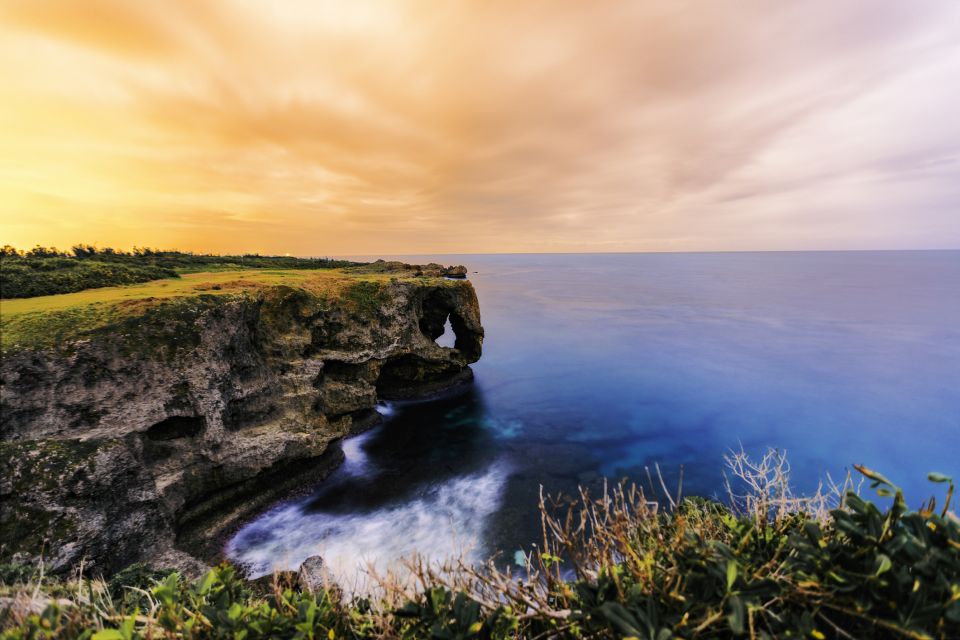
With its stunning ocean views and unique rock formations, Okinawa boasts breathtaking natural landscapes that captivate visitors from around the world. Nature’s wonders are on full display at Cape Manzamo, where the turquoise waters contrast with the rugged cliffs, creating a picture-perfect scene. This iconic spot is a must-visit for those seeking to enjoy Okinawa’s beauty.
Plus, Okinawa is home to lush forests, pristine beaches, and vibrant coral reefs, making it a paradise for nature lovers. The diverse ecosystems found on the island offer a glimpse into the rich biodiversity of this region. Whether hiking through the dense forests or snorkeling in the crystal-clear waters, Okinawa’s natural landscapes provide a serene escape for travelers looking to connect with the environment.
Rich Cultural Heritage of Okinawa
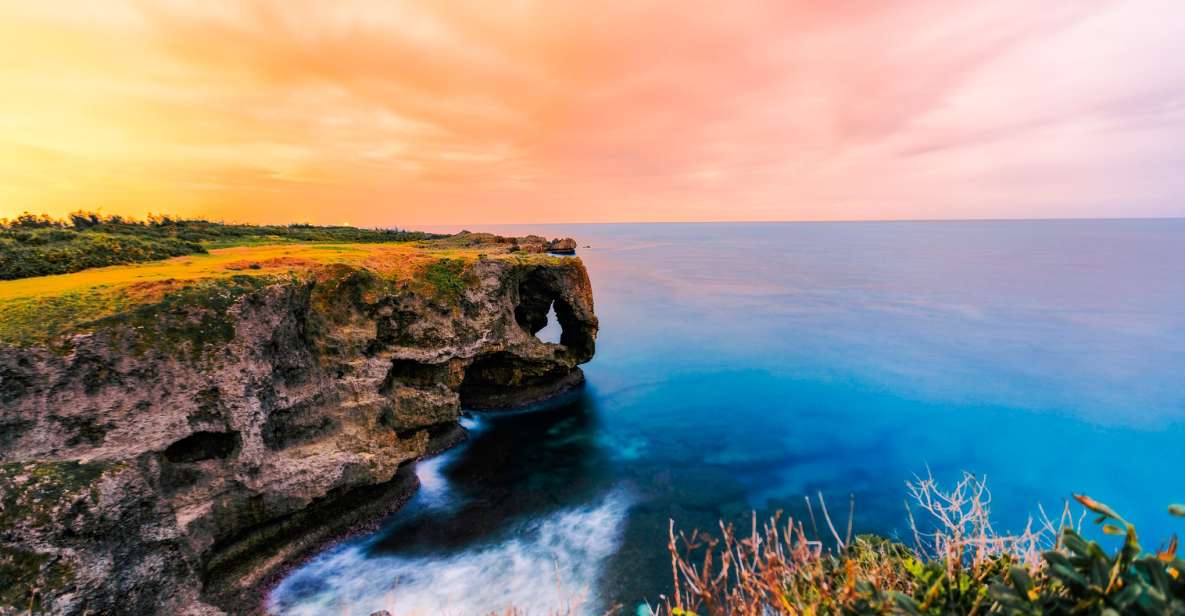
The cultural heritage of Okinawa reveals a tapestry of traditions and influences that have shaped the island’s identity over centuries. Traditional practices and cultural traditions play a significant role in defining Okinawa’s rich history.
From ancient rituals and ceremonies to arts like Ryukyu dance and music, Okinawa’s cultural heritage is deeply ingrained in everyday life. The island’s unique blend of influences from China, Japan, and Southeast Asia is evident in its architecture, cuisine, and language.
Visitors can witness the preservation of these traditions in various festivals, such as the Shurijo Castle Festival and Eisa Dance Festival. Exploring Okinawa’s cultural heritage offers a glimpse into the past and a deeper appreciation for the island’s vibrant identity.
Discovering Okinawa’s Hidden Gems
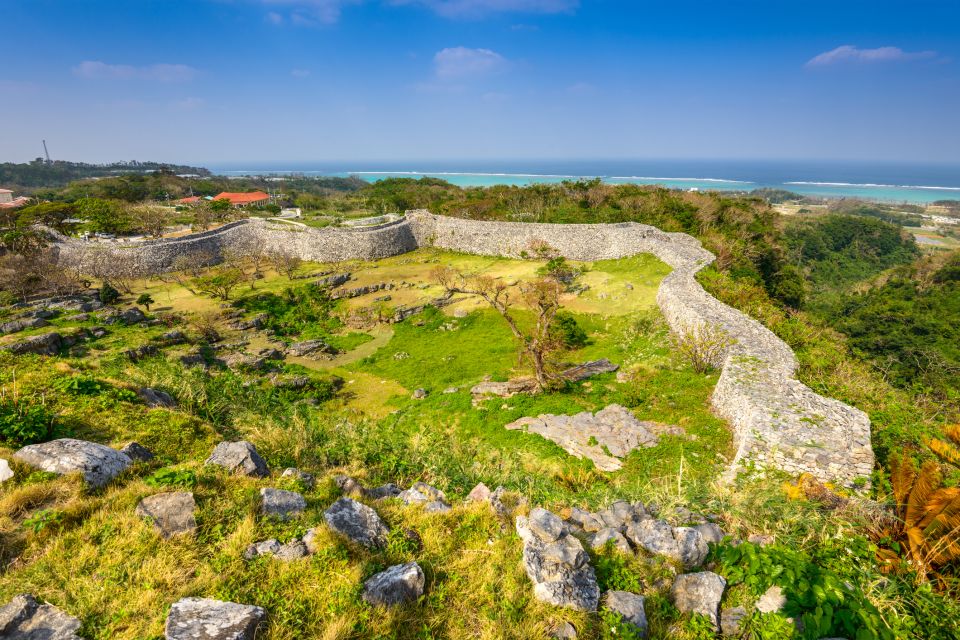
Exploring Okinawa’s hidden gems unveils lesser-known treasures that add depth to the island’s already rich cultural tapestry. Travelers can uncover hidden treasures by delving into the heart of Okinawa’s local traditions.
- Traditional Ryukyuan Dance: Witness captivating performances that showcase the unique heritage of Okinawa.
- Shisa Statues: Discover the significance of these mythical lion-dog guardians in Okinawan folklore.
- Mankin-ikki Rock: Explore this scenic spot where locals believe making a wish leads to good fortune.
These hidden gems offer a glimpse into the authentic essence of Okinawa, providing an enriching experience beyond the well-known attractions. By immersing in these local treasures, visitors can truly connect with the island’s cultural heritage.
Exploring Okinawa’s Historical Landmarks
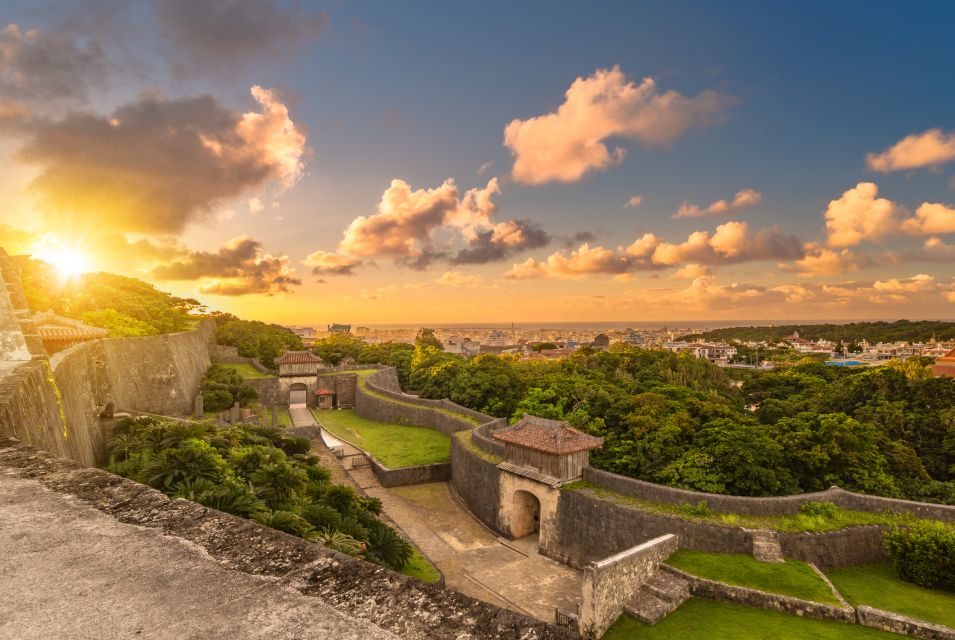
Uncover Okinawa’s historical legacy through a journey to its significant landmarks. Visitors can enjoy the island’s rich past by exploring historical architecture and ancient artifacts.
Okinawa boasts a wealth of historical sites, including the majestic Nakagusuku Castle ruins, recognized as a UNESCO World Heritage site. This ancient fortress offers a glimpse into Okinawa’s feudal era and provides panoramic views of the surrounding landscape.
Plus, travelers can marvel at the intricate design and cultural significance of the region’s historical architecture, which showcases a blend of indigenous Ryukyuan styles and influences from neighboring countries. By delving into Okinawa’s historical landmarks, visitors can gain a deeper appreciation for the island’s vibrant heritage and storied past.
Taking in Okinawa’s Local Flavors
Indulge in Okinawa’s vibrant culinary scene to experience a fusion of traditional flavors and local delicacies. The island’s rich history and cultural influences shine through its diverse culinary offerings, enticing visitors to explore and savor every bite.
- Local Delicacies: From savory pork belly dishes like Rafute to the unique Okinawan soba noodles, the local delicacies showcase the region’s distinct flavors and cooking techniques.
- Culinary Experiences: Dive into a world of culinary experiences by trying the famous goya champuru stir-fry or indulging in the refreshing taste of mango shaved ice, a popular local dessert.
- Farm-to-Table Dining: Embrace the farm-to-table concept at traditional Okinawan izakayas, where fresh ingredients are transformed into mouthwatering dishes right before your eyes.
Enjoy Okinawa’s gastronomic delights for a truly unforgettable experience.
Common questions
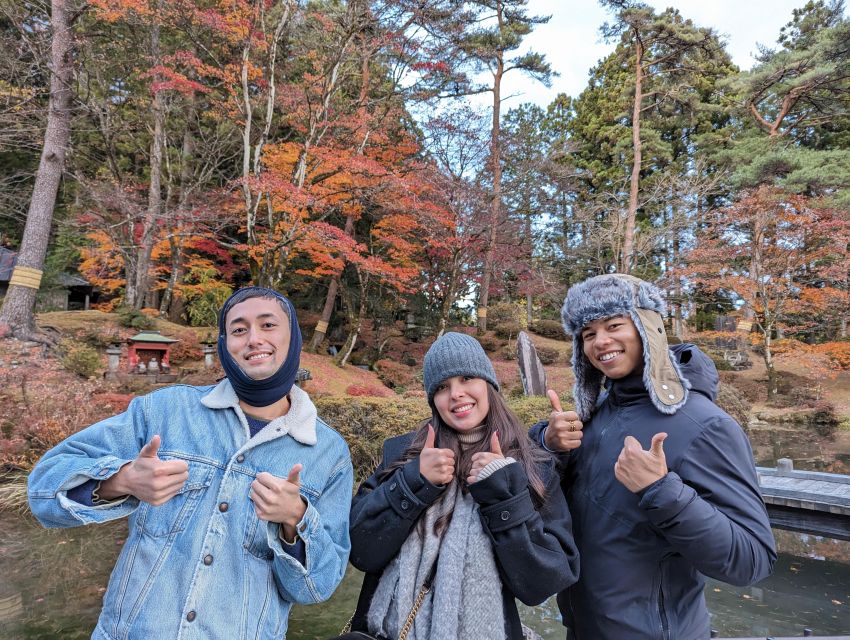
What Is the Best Time of Year to Visit Okinawa for Optimal Weather Conditions?
The best time to visit Okinawa for optimal weather conditions is during the spring or fall seasons. These periods offer comfortable temperatures ideal for outdoor activities like beach trips, exploring historical sites, and enjoying local cuisine.
Are There Any Specific Customs or Etiquette Travelers Should Be Aware of When Visiting Okinawa?
When visiting Okinawa, travelers should respect local etiquette and traditional customs. These include bowing as a sign of respect, removing shoes before entering homes, and refraining from public displays of affection. Embracing these practices enhances cultural understanding.
Can Visitors Participate in Any Hands-On Cultural Experiences or Workshops During Their Trip to Okinawa?
Visitors to Okinawa can engage in hands-on cultural experiences like traditional crafts workshops. These activities offer a unique insight into local customs and art forms, allowing travelers to enjoy the rich heritage of the region.
Are There Any Off-The-Beaten-Path Hiking Trails or Nature Spots That Are Less Crowded but Still Offer Stunning Views in Okinawa?
There are hidden gems and secluded beaches in Okinawa that offer stunning views away from the crowds. Visitors can explore off-the-beaten-path hiking trails to discover the natural beauty of the island in peace.
How Accessible Are Public Transportation Options for Getting Around Okinawa, Especially for Travelers Who Prefer Not to Drive?
Public transportation options in Okinawa are limited. Travelers can utilize bike rentals, shuttle services, and taxi services. Plus, ferry routes are available to connect different islands. However, for those who prefer not to drive, relying solely on public transportation may be challenging.
Last Words
To sum it up, Okinawa’s natural beauty and rich history offer a captivating blend of experiences for travelers.
From the breathtaking landscapes to the hidden gems waiting to be discovered, this island paradise has a lot to offer.
Enjoy the local flavors and explore the historical landmarks to truly appreciate all that Okinawa has to offer.
Whether you’re a nature lover, history buff, or food enthusiast, Okinawa promises a memorable adventure that will leave you in awe.




